Pistachios are a beloved nut, widely consumed around the world for their unique flavor, delightful crunch, and numerous health benefits. Among the various types available, Turkish and Iranian pistachios are highly sought after due to their superior quality and rich history. This article aims to provide a comprehensive comparison of Turkish and Iranian pistachios, examining factors such as taste, appearance, nutritional value, production methods, and trade significance. 1. Taste and Appearance: Both Turkish and Iranian pistachios exhibit slight differences in taste and appearance due to variations in climate, soil composition, and cultivation methods. Turkish pistachios are typically known for their vibrant green color, medium to large size, and a mild, slightly sweet flavor. On the other hand, Iranian pistachios are recognized for their lighter green hue, smaller size, and a more intense, rich, and nutty flavor. 2. Nutritional Value: Pistachios are a nutrient-dense snack, rich in protein, healthy fats, fiber, vitamins, and minerals. While the fundamental nutritional composition of Turkish and Iranian pistachios remains similar, minor variations exist. Turkish pistachios have generally been found to contain slightly higher levels of protein and fiber, while Iranian pistachios are known for their higher fat content. 3. Cultivation and Growing Conditions: Cultivation methods and growing conditions play a vital role in determining the quality and characteristics of nuts. Turkish pistachio trees are primarily grown in the eastern and southeastern regions of Turkey, where the climate features a mix of hot summers, cold winters, and low rainfall. This climatic diversity contributes to the development of pistachios with a unique taste and texture. On the other hand, Iranian pistachios are grown in various regions across Iran, including Kerman, Yazd, Rafsanjan, and Sirjan. The Iranian climate is characterized by long, dry summers and moderate winters. The dry climate is believed to enhance the concentration of flavors in Iranian pistachios, giving them their distinct taste. 4. Production Methods: Turkey and Iran have evolved different production methods over time, resulting in variations in nut quality and characteristics. Turkish pistachios are predominantly produced through traditional farming practices, where the harvesting process is carried out by hand. This intricate manual labor ensures greater control over the selection and separation of superior-quality nuts. Iranian pistachio production, on the other hand, has transitioned to a more mechanized approach in recent years. This transition, alongside Iranian farmers’ vast experience, allows for larger-scale production while maintaining high-quality standards. Mechanization has also improved the efficiency of harvesting and processing, ensuring a shorter time between harvesting and packaging.
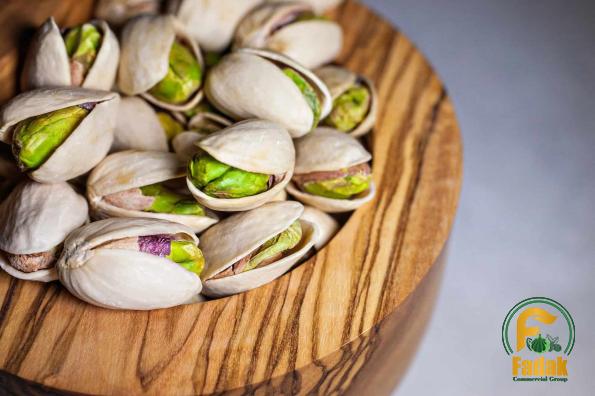
nut
 5. Trade Significance: Both Turkish and Iranian pistachios hold significant positions in the global pistachio market, contributing to the economic prosperity of their respective countries. Iran is the largest producer and exporter of pistachios worldwide, accounting for approximately 50% of global production and around 85% of global pistachio exports. The Iranian pistachio industry plays a vital role in the country’s economy, providing employment opportunities and generating substantial revenue. Turkey, while being a significant pistachio producer, also values its domestic consumption. Turkish pistachios are primarily consumed within the country, with relatively smaller quantities being exported to neighboring countries in Europe and the Middle East. Despite lower export volumes, Turkish pistachios are highly regarded for their quality and are known for commanding premium prices in the international market. 6. Cultural Significance: Both Turkish and Iranian pistachios hold cultural significance in their respective regions. In Turkey, pistachios are a staple in Turkish cuisine, commonly used in various dishes, desserts, and Turkish delight. Furthermore, Turkish pistachio orchards have become popular tourist destinations, attracting visitors who wish to experience the cultivation process and sample freshly harvested nuts. In Iran, pistachios have been deeply rooted in the country’s culture, history, and traditions for centuries. These nuts are often used in traditional Persian cuisine, such as ice creams, sweets, and rice dishes. Iran celebrates its rich pistachio heritage annually with the National Pistachio Festival, highlighting the cultural and economic importance of this nut. Conclusion: In summary, Turkish and Iranian pistachios both have unique characteristics, making them highly sought after in the global market. While Turkish pistachios offer a mild flavor and vibrant green appearance, Iranian pistachios are known for their intense flavor and lighter green color. The cultivation methods, growing conditions, and production techniques used in Turkey and Iran contribute to the distinct qualities of their respective pistachios. Both countries play significant roles in the global pistachio trade, contributing to their economies and cultural heritage. Ultimately, the choice between Turkish and Iranian pistachios comes down to personal preference, as both varieties offer exceptional taste and nutritional value. Turkish vs Iranian Pistachios: A Comprehensive Business Perspective I. Demand and Market Opportunities: The global demand for pistachios has been steadily rising due to the increasing popularity of healthy snacking options. Both Turkish and Iranian pistachios have established their positions in the international market, and businesses have immense opportunities to tap into this growing demand. Companies can explore avenues for exporting these high-quality nuts, targeting markets where premium nuts are valued, such as the United States, Europe, and the Middle East. Additionally, there is an opportunity to cater to the domestic market, especially in countries like Turkey and Iran, where pistachios are an integral part of the local cuisine. II. Pricing Dynamics: Price plays a crucial role in the pistachio industry, and understanding the pricing dynamics is essential for businesses operating in this sector. Iranian pistachios, being the largest global exporter, often set the benchmark for prices.
5. Trade Significance: Both Turkish and Iranian pistachios hold significant positions in the global pistachio market, contributing to the economic prosperity of their respective countries. Iran is the largest producer and exporter of pistachios worldwide, accounting for approximately 50% of global production and around 85% of global pistachio exports. The Iranian pistachio industry plays a vital role in the country’s economy, providing employment opportunities and generating substantial revenue. Turkey, while being a significant pistachio producer, also values its domestic consumption. Turkish pistachios are primarily consumed within the country, with relatively smaller quantities being exported to neighboring countries in Europe and the Middle East. Despite lower export volumes, Turkish pistachios are highly regarded for their quality and are known for commanding premium prices in the international market. 6. Cultural Significance: Both Turkish and Iranian pistachios hold cultural significance in their respective regions. In Turkey, pistachios are a staple in Turkish cuisine, commonly used in various dishes, desserts, and Turkish delight. Furthermore, Turkish pistachio orchards have become popular tourist destinations, attracting visitors who wish to experience the cultivation process and sample freshly harvested nuts. In Iran, pistachios have been deeply rooted in the country’s culture, history, and traditions for centuries. These nuts are often used in traditional Persian cuisine, such as ice creams, sweets, and rice dishes. Iran celebrates its rich pistachio heritage annually with the National Pistachio Festival, highlighting the cultural and economic importance of this nut. Conclusion: In summary, Turkish and Iranian pistachios both have unique characteristics, making them highly sought after in the global market. While Turkish pistachios offer a mild flavor and vibrant green appearance, Iranian pistachios are known for their intense flavor and lighter green color. The cultivation methods, growing conditions, and production techniques used in Turkey and Iran contribute to the distinct qualities of their respective pistachios. Both countries play significant roles in the global pistachio trade, contributing to their economies and cultural heritage. Ultimately, the choice between Turkish and Iranian pistachios comes down to personal preference, as both varieties offer exceptional taste and nutritional value. Turkish vs Iranian Pistachios: A Comprehensive Business Perspective I. Demand and Market Opportunities: The global demand for pistachios has been steadily rising due to the increasing popularity of healthy snacking options. Both Turkish and Iranian pistachios have established their positions in the international market, and businesses have immense opportunities to tap into this growing demand. Companies can explore avenues for exporting these high-quality nuts, targeting markets where premium nuts are valued, such as the United States, Europe, and the Middle East. Additionally, there is an opportunity to cater to the domestic market, especially in countries like Turkey and Iran, where pistachios are an integral part of the local cuisine. II. Pricing Dynamics: Price plays a crucial role in the pistachio industry, and understanding the pricing dynamics is essential for businesses operating in this sector. Iranian pistachios, being the largest global exporter, often set the benchmark for prices.
Specifications of nut
 The Iranian pistachio industry’s ability to produce high volumes at competitive prices influences the market pricing trends. Turkish pistachios, on the other hand, tend to command premium prices due to their superior quality and limited export quantities. Businesses need to carefully evaluate market trends, production costs, and quality differentials to develop competitive pricing strategies. III. Quality and Packaging Standards: Maintaining high quality and adhering to packaging standards are critical factors for success in the pistachio business. Turkish pistachios are known for their supreme quality, with strict quality control measures in place throughout the production and processing stages. Turkish producers often focus on hand-selection, ensuring that only the best nuts reach the market. Iranian pistachio producers have also made significant strides in maintaining quality, implementing rigorous sorting and grading processes. Packaging should be visually appealing, informative, and clearly mention the origin and quality of the pistachios to enhance consumer confidence and differentiate the product in the market. IV. Marketing and Branding Strategies: To successfully penetrate international markets, businesses need effective marketing and branding strategies. The Turkish pistachio industry can leverage its reputation for superior quality to position its products as a premium and sought-after choice for gourmet snacking and baking. Highlighting the unique flavor profile and vibrant green color can create brand associations with freshness and indulgence. Iranian pistachio producers, on the other hand, can focus on their rich heritage and expertise to establish themselves as reliable suppliers of high-quality nuts. Emphasizing the strong cultural connection and the centuries-old tradition of pistachio cultivation can help create a distinctive brand identity. V. Distribution Channels and Logistics: Efficient distribution channels and logistics networks are vital for ensuring that pistachios reach consumers in a timely manner while maintaining freshness. Businesses need to establish partnerships with reliable distributors, wholesalers, and retailers who have established networks both domestically and internationally. Supply chain management should be optimized, considering factors such as transportation, storage facilities, and packaging requirements. In addition to traditional distribution channels, businesses can also explore online platforms and e-commerce, allowing direct-to-consumer sales and reaching a wider consumer base. VI. Market Trends and Consumer Preferences: Monitoring market trends and understanding consumer preferences is crucial for businesses to adapt their offerings accordingly. Food and health-conscious consumers are driving the demand for organic and natural products.
The Iranian pistachio industry’s ability to produce high volumes at competitive prices influences the market pricing trends. Turkish pistachios, on the other hand, tend to command premium prices due to their superior quality and limited export quantities. Businesses need to carefully evaluate market trends, production costs, and quality differentials to develop competitive pricing strategies. III. Quality and Packaging Standards: Maintaining high quality and adhering to packaging standards are critical factors for success in the pistachio business. Turkish pistachios are known for their supreme quality, with strict quality control measures in place throughout the production and processing stages. Turkish producers often focus on hand-selection, ensuring that only the best nuts reach the market. Iranian pistachio producers have also made significant strides in maintaining quality, implementing rigorous sorting and grading processes. Packaging should be visually appealing, informative, and clearly mention the origin and quality of the pistachios to enhance consumer confidence and differentiate the product in the market. IV. Marketing and Branding Strategies: To successfully penetrate international markets, businesses need effective marketing and branding strategies. The Turkish pistachio industry can leverage its reputation for superior quality to position its products as a premium and sought-after choice for gourmet snacking and baking. Highlighting the unique flavor profile and vibrant green color can create brand associations with freshness and indulgence. Iranian pistachio producers, on the other hand, can focus on their rich heritage and expertise to establish themselves as reliable suppliers of high-quality nuts. Emphasizing the strong cultural connection and the centuries-old tradition of pistachio cultivation can help create a distinctive brand identity. V. Distribution Channels and Logistics: Efficient distribution channels and logistics networks are vital for ensuring that pistachios reach consumers in a timely manner while maintaining freshness. Businesses need to establish partnerships with reliable distributors, wholesalers, and retailers who have established networks both domestically and internationally. Supply chain management should be optimized, considering factors such as transportation, storage facilities, and packaging requirements. In addition to traditional distribution channels, businesses can also explore online platforms and e-commerce, allowing direct-to-consumer sales and reaching a wider consumer base. VI. Market Trends and Consumer Preferences: Monitoring market trends and understanding consumer preferences is crucial for businesses to adapt their offerings accordingly. Food and health-conscious consumers are driving the demand for organic and natural products.
buy nut
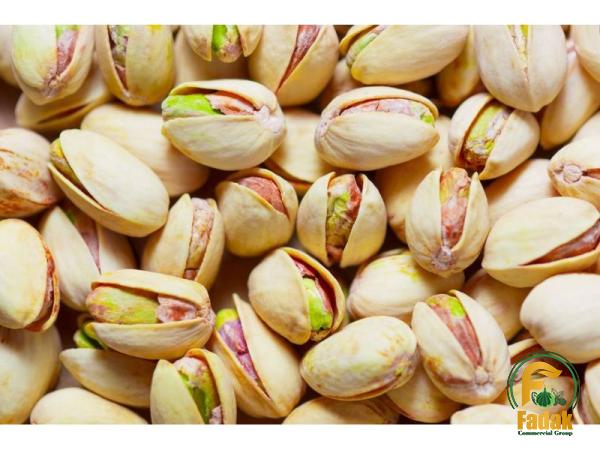 Expanding organic pistachio cultivation and offering certified organic options can cater to this growing segment. Furthermore, the rising interest in plant-based diets opens opportunities for businesses to promote pistachios as a nutritious and sustainable alternative to animal-based protein sources. Implementing consumer surveys and market research can provide valuable insights into preferences related to flavor, packaging, and product variants (such as roasted or salted). VII. Sustainability and Environmental Practices: In today’s consumer-driven market, sustainable and environmentally friendly practices have become integral to business success. Pistachio producers can embrace sustainable farming methods, such as efficient irrigation systems and regenerative agriculture techniques, to minimize water and soil degradation. Businesses should also adopt responsible sourcing practices, ensuring fair trade and supporting local communities. Communicating these sustainability efforts to consumers enhances brand image and builds trust in the product. VIII. Government Policies and Regulations: Businesses in the pistachio sector must stay abreast of government policies and regulations that may impact their operations. Export-import regulations, food safety standards, labeling requirements, and trade agreements can significantly influence market access and competitiveness. Close collaboration with relevant government authorities and industry associations is essential to navigate these regulations smoothly and stay compliant. IX. Challenges and Risk Mitigation: While the pistachio business holds immense potential, it also comes with its share of challenges. Fluctuating weather patterns, including droughts and unpredictable growing conditions, can impact crop yields and quality. Businesses should invest in research and development to develop drought-resistant varieties and implement advanced farming techniques. Additionally, market volatility, currency fluctuations, and geopolitical issues can pose significant risks. Diversification of customer base, establishing long-term supply contracts, and hedging strategies can help mitigate these risks. X. Collaborations and Partnerships: Collaborations and partnerships can play a vital role in expanding market reach and improving competitiveness. Companies can form strategic alliances with international distributors, retailers, and food manufacturers to increase market penetration. Joint ventures or collaborations with research institutions and agricultural organizations can facilitate innovation, ensuring the development of improved pistachio varieties and better farming practices. Conclusion: The Turkish and Iranian pistachio industries offer robust business opportunities, driven by the high quality and distinct flavors of their nuts. Businesses need to understand the unique characteristics, market dynamics, consumer preferences, and regulatory landscape of each origin to develop successful strategies. By leveraging factors such as quality, branding, sustainability, and distribution, companies can carve a niche for themselves in the global pistachio market and reap the benefits of this lucrative industry.
Expanding organic pistachio cultivation and offering certified organic options can cater to this growing segment. Furthermore, the rising interest in plant-based diets opens opportunities for businesses to promote pistachios as a nutritious and sustainable alternative to animal-based protein sources. Implementing consumer surveys and market research can provide valuable insights into preferences related to flavor, packaging, and product variants (such as roasted or salted). VII. Sustainability and Environmental Practices: In today’s consumer-driven market, sustainable and environmentally friendly practices have become integral to business success. Pistachio producers can embrace sustainable farming methods, such as efficient irrigation systems and regenerative agriculture techniques, to minimize water and soil degradation. Businesses should also adopt responsible sourcing practices, ensuring fair trade and supporting local communities. Communicating these sustainability efforts to consumers enhances brand image and builds trust in the product. VIII. Government Policies and Regulations: Businesses in the pistachio sector must stay abreast of government policies and regulations that may impact their operations. Export-import regulations, food safety standards, labeling requirements, and trade agreements can significantly influence market access and competitiveness. Close collaboration with relevant government authorities and industry associations is essential to navigate these regulations smoothly and stay compliant. IX. Challenges and Risk Mitigation: While the pistachio business holds immense potential, it also comes with its share of challenges. Fluctuating weather patterns, including droughts and unpredictable growing conditions, can impact crop yields and quality. Businesses should invest in research and development to develop drought-resistant varieties and implement advanced farming techniques. Additionally, market volatility, currency fluctuations, and geopolitical issues can pose significant risks. Diversification of customer base, establishing long-term supply contracts, and hedging strategies can help mitigate these risks. X. Collaborations and Partnerships: Collaborations and partnerships can play a vital role in expanding market reach and improving competitiveness. Companies can form strategic alliances with international distributors, retailers, and food manufacturers to increase market penetration. Joint ventures or collaborations with research institutions and agricultural organizations can facilitate innovation, ensuring the development of improved pistachio varieties and better farming practices. Conclusion: The Turkish and Iranian pistachio industries offer robust business opportunities, driven by the high quality and distinct flavors of their nuts. Businesses need to understand the unique characteristics, market dynamics, consumer preferences, and regulatory landscape of each origin to develop successful strategies. By leveraging factors such as quality, branding, sustainability, and distribution, companies can carve a niche for themselves in the global pistachio market and reap the benefits of this lucrative industry.
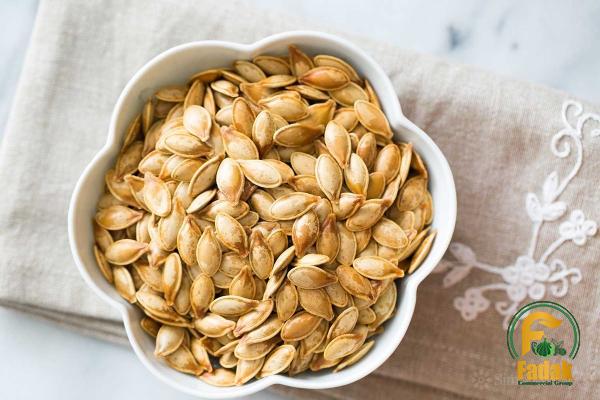
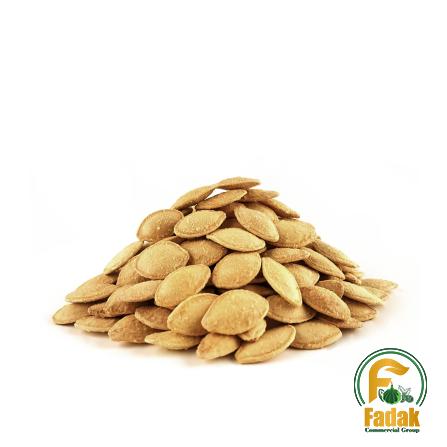

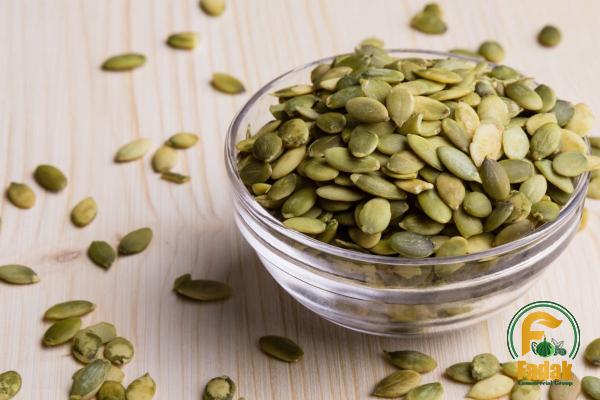
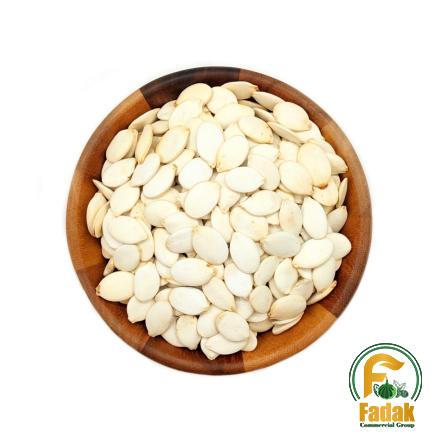
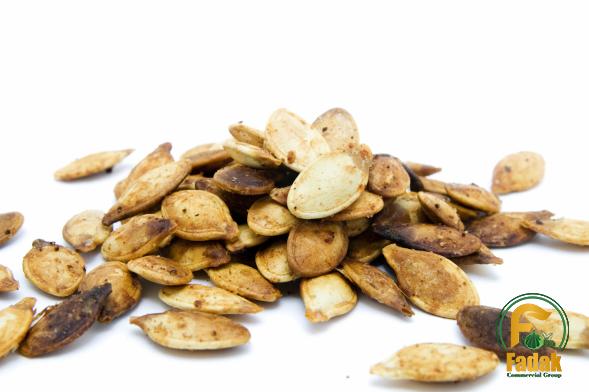
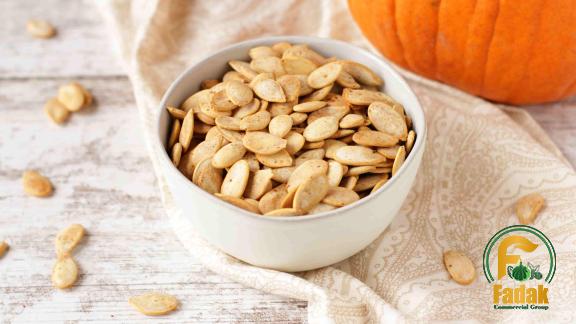
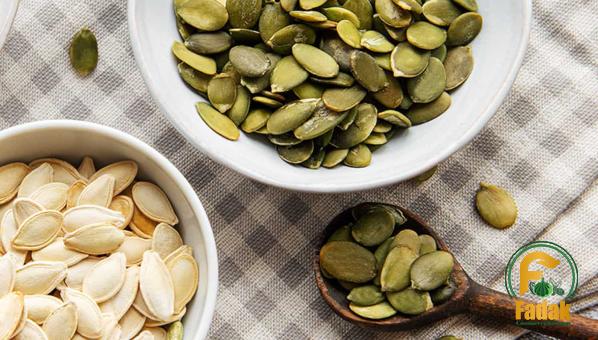

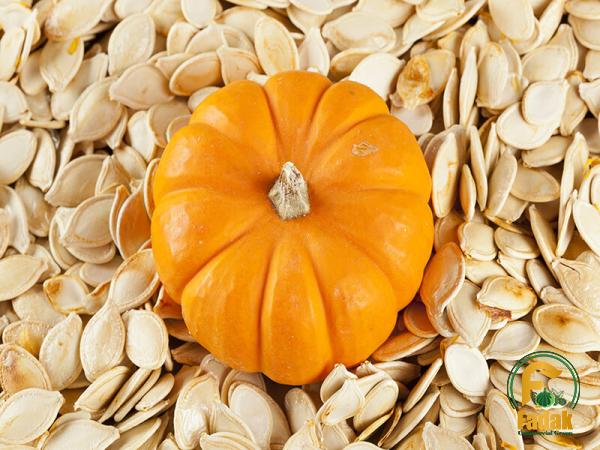
Your comment submitted.